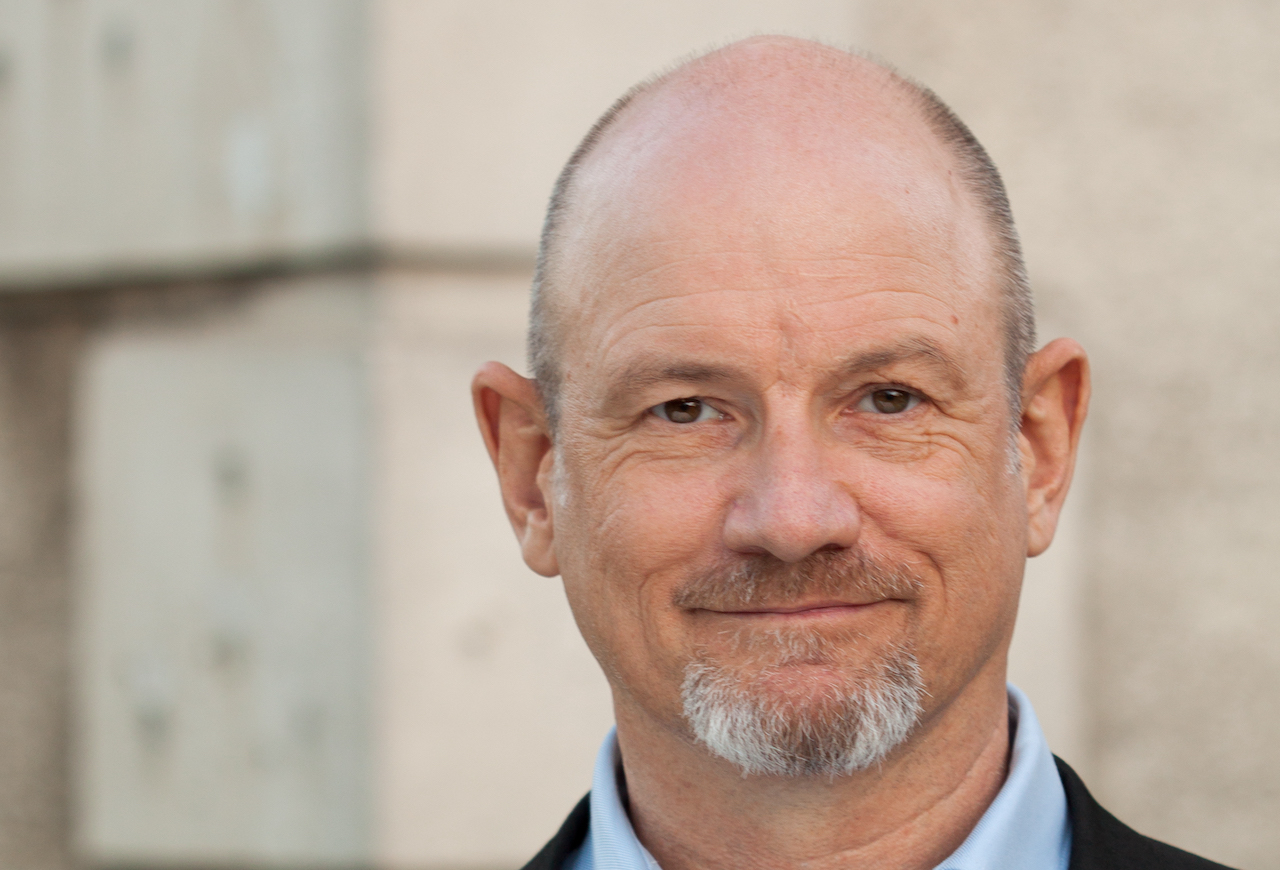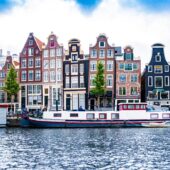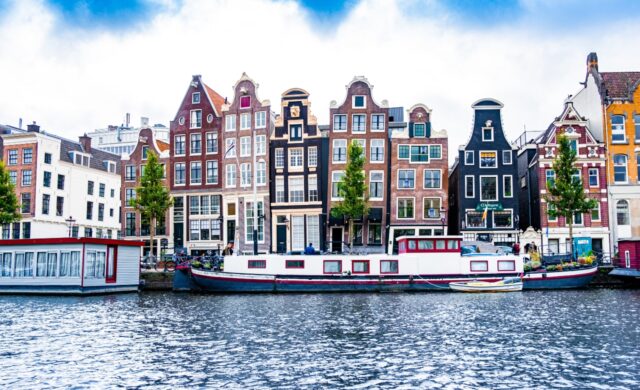We hear from leading conservationist Paul Chatterton, founder of the Landscape Finance Lab, the platform for large scale landscape solutions

CV
- Lead and founder, Landscape Finance Lab, 2016 to present
- Various conservation positions, WWF, 1990 to 1994 and 2001 to 2016
- Founder and director, Cultural Ecology, 1994 to 2000
The Landscape Finance Lab (LFL) was set up in 2016 within WWF and spun out in 2021. Paul Chatterton tells Impact Investor: “What we had learned was that working on conservation at scale was often too big for just one organisation and required a new logic.”
The conservation team had experience of leading some of the biggest conservation projects such as the Mai Ndombe Emissions Reduction Program worth some $170m, and spanning 14m hectares). However, Chatterton explains “it became very clear that projects are not the answer when you are dealing on large scale conservation. Nature works at much larger scales”.
“There are so many different stakeholders that need to be brought together to look at solutions and you need to aggregate investments, community action and businesses to achieve greater results that work across a catchment, forest or reef.”
So in 2016, WWF mandated Chatterton to set up the Landscape Finance Lab with the ambition to undertake conservation at the scale of a million hectares and above. “We wanted to engage in projects in the range of $100 million financing bringing in various players and investors.”
The Landscape Finance Lab seeks to be “a start up with global spread”. It has some small grant funding, but principally operates as a commercial operation to bring blended and private finance into large scale landscape conservation initiatives. It still works closely with WWF but also with other governments, NGOs and private partners.
Chatterton says” “We are fortunate in that we have no shortage of clients or partners who are looking to work with us.” These include governments, charitable foundations, and large corporates. LFL has worked with both IKEA and with H&M. “Increasingly large corporations are looking at their global supply chains and seeking to find green solutions.”
Chatterton adds: “We have created a platform for dealing with large scale landscape solutions. This is why people come to us.”
LFL’s priorities
LFL has four main priorities: rainforests, reefs, peatlands, and what they call “production areas” including agricultural and other productive land.
It offers long term solutions working in a partnership approach in line with he UN Sustainable Development Goal 17. “It is very important to us that the local people end up managing the landscape and can secure some of the profits that then can be reinvested back into conservation and local livelihoods.”
According to Chatterton, LFL assess potential partners to “ensure that they have a well-developed team ready to build an investment for a decade. We apply the four returns framework developed with Commonland and Wetlands International which provides simple guidance for taking landscape scale action to implement national commitments to nature and climate.”
Successes on the ground
What LFL does is made easier to understand by looking at successful projects on the ground. In the Great Sea Reef project in Fiji, a $30m proposal has been submitted by the government to the Green Climate Fund to create a conservation authority like the Great Barrier Marine Park Authority in Australia to protect reefs. In parallel, also in Fiji, LFL have helped inspire a $50m target incubator for businesses called Matanataki which works with blue and green investments.
Chatterton says: “We are supporting the government of Scotland on a large scale peatland restoration project in The Flow Country.” Some 400,000 hectares of peat land were involved with more than twice the carbon contained in all of the UK’s woodlands. A Scottish Community Interest Company (SCIO) will manage this along with the government and local stakeholders.
In Ireland, LFL is working to restore almost three quarters of a million hectares of peatland for nature, climate and community creating a company limited by guarantee. Chatterton states “Peatland Finance Ireland will have initial demonstration plots underway in 2023 and aims to be fully operational by 2025.”
Challenges
The biggest challenge for landscape partnerships is early stage financing, according to Chatterton. Most projects need early funding around €2m to €5m to get a landscape to the point where it will attract investment. “It is almost easier to find €100 million euros than it is to find the first €100,000 euros.”
Chatterton admits financial know-how can often be a weakness for conservation companies but points out they work with financial partners including BNP Paribas and the European Investment Bank (EIB) and we have brought on board some top financial experts to give us greater bench strength in this area.”
The future
Regulatory changes will help us treasure landscapes more as we move forwards.
Chatterton thinks the biggest development in 2023 will be “the better integration of financial and environmental metrics. The use of the Gold Standard value change methodology will encourage companies to join together to decarbonise their supply chains.” The coveted Gold Standard will increasingly require companies to certify success across a range of metrics such as reducing carbon emissions, managing water, gender, and other SDGs.
He also believes the rolling out of the European Union sustainable finance taxonomy, which he helped to design, with its emphasis both on climate and biodiversity will be highly beneficial.
Overall, Chatterton is optimistic about the future. Infrastructure players seeking to manage physical climate risk, will look to engage LFL to work with them on building natural solutions. In this environment, he expects their activities “to expand significantly not least as people grapple with a better carbon credits system. The fact that there is so much discussion about the integrity of this system is an indication that it is not as robust as we need”.
He believes we are now moving rapidly towards more credible monitoring at landscape scale, and this will lead to greater demand for the solutions which LFL are supporting. “This is where carbon and corporate supply chains are going. If we are to reverse the combined crises of climate, biodiversity, water, and food then we need large, integrated, and robust solutions like landscapes.”





